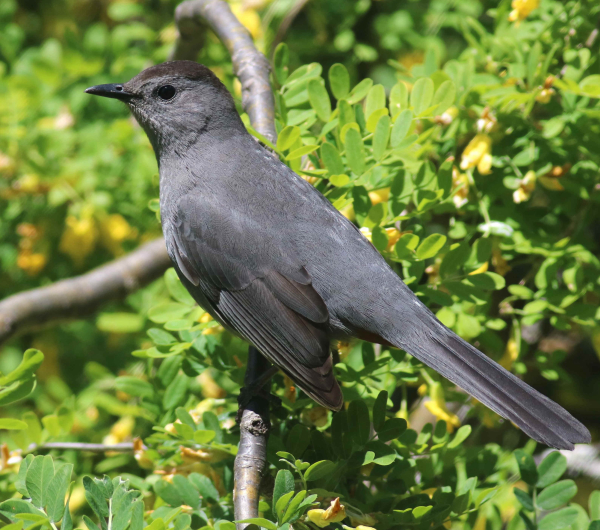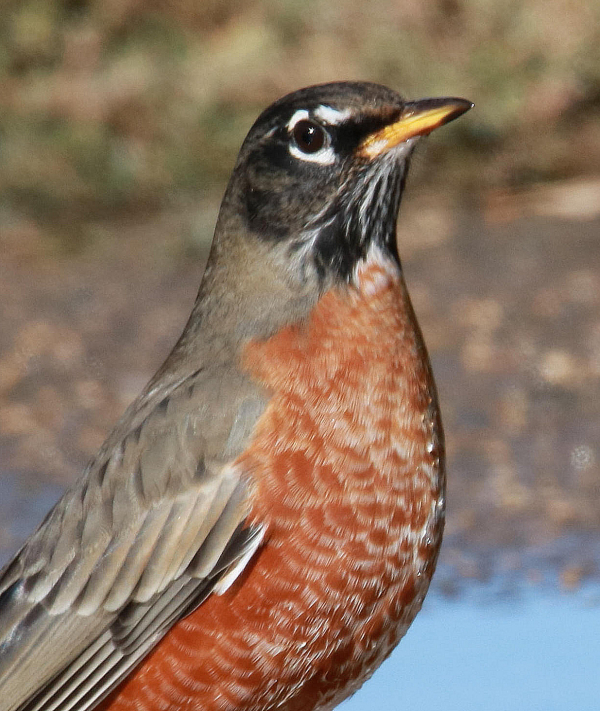Michigan: Four Osprey Chicks Now Sporting GPS Satellite Backpacks


Nearly absent from much of Michigan due to the effects of DDT, other pesticides and habitat loss, Michigan’s osprey population continues to rebound. In southern Michigan, monitoring efforts are in place to track the revitalization of this species.
This year, four osprey chicks from area nests were outfitted with “backpack” GPS telemetry units, funded by Huron Valley Audubon with donations from DTE Energy and a private donor. The GPS backpacks will help scientists track the young birds’ daily movements and seasonal migration patterns.
The chicks were hatched on platforms at Kensington Metropark, Pointe Mouillee State Game Area and the Strong Unit of the Detroit International Wildlife Refuge and on a cellular tower in Milford. Crews from MD Tower Services, Newkirk-Electric and Earthcom Inc. climbed the towers in order to access the chicks for both banding and transmitter deployment. Brad Pieczarka also assisted with climbing.
“We are very excited to have this opportunity to place GPS units on several ospreys this year,” said Julie Oakes, a Department of Natural Resources wildlife biologist. “This will not only provide the DNR with information on what migration routes the birds take, but also will give us insight into what perils they must endure on their migration.”
Four osprey chicks were outfitted with backpacks in 2015. Unfortunately, all four chicks with backpacks perished. Approximately 60 percent of the osprey chicks hatched each year do not make it to their second birthday. Factors that commonly cause mortality in young chicks include predation by great horned owls, collisions with buildings and other structures, weather-related mortality and shooting of birds in Latin America.
Fortunately, a chick that was outfitted with a backpack in 2014 has returned to the Midwest. Ozzie, a young female chick that hatched at Pointe Mouillee State Game Area, spent two winters in Colombia before returning to the U.S. and is now in West Virginia.
Ozzie has traveled over 2,000 miles in the past few months on her journey northward. She has visited Colombia, Mexico, Panama and Orlando, Florida, and is slowly moving north. She will hopefully find a mate and raise her own family next year and possibly will even decide to come back to Michigan.
The exciting part is that anyone can follow along and find out where the birds have been just by looking at the Michigan Osprey website, www.michiganosprey.org. Move the cursor along the route to see GPS coordinates and time and date information for each leg of the osprey’s journey. The youngsters will begin their migration in early to mid-September, so log on to watch their journey.
In 1998, the DNR began to relocate ospreys to southern Michigan. The program, supported by donations to Michigan’s Nongame Wildlife Fund, removed chicks from active nests in northern Michigan and reared them in man-made towers in southern Michigan, a process called “hacking.” Relocation efforts occurred over a span of 10 years. In 2015, the DNR, along with volunteers from Michigan Osprey, identified at least 60 active nests in southern Michigan – a substantial increase from the single active nest reported in 2002.
“This is a true wildlife success story,” said Oakes. “Each year we have new nests, and we have already exceeded our original goal of 30 active nests by 2020. We have been able to remove ospreys from the threatened species list to a species of special concern and restore their numbers in Michigan.”
Partners in this banding and monitoring project include the Michigan Department of Natural Resources, the U.S. Department of Agriculture Wildlife Services National Wildlife Research Center, Huron Clinton Metroparks, the Detroit Zoological Society, Michigan Osprey and the Huron Valley Audubon Society.
Anyone who observes a nesting pair of ospreys in southeast Michigan is asked to contact Michigan Osprey on the web at www.michiganosprey.org.





